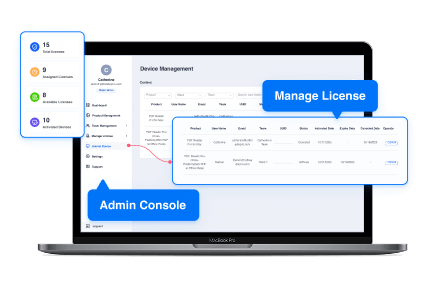
What is a PDF? A Comparative Usage Guide

PDFs have become essential for sharing and preserving documents.
This comparative guide gets into the versatility and practicality of PDFs across different platforms, highlighting their importance in modern communication and collaboration.
Understanding PDF Files
What is a PDF File Format?
A PDF, standing for Portable Document Format, is a file format developed to present documents independently of application software, hardware, and operating systems. Created in the 1990s, PDFs quickly became a key player in digital document management, valued for their versatility and reliability across various platforms.
Use Cases for PDFs
Here are some common use cases for PDFs:
- Document Sharing: PDFs are widely used for sharing documents across different devices and platforms while preserving formatting.
- Forms and Contracts: PDFs are ideal for creating forms and contracts that need to be filled out electronically or printed for signatures.
- Presentations: PDFs can be used for creating and sharing slide decks and presentations, ensuring that the content remains consistent across different devices.
- E-books and Manuals: PDFs are commonly used for distributing e-books, manuals, and guides, allowing readers to access the content offline and on various devices.
- Archiving and Documentation: PDFs are excellent for archiving documents and creating digital copies of physical papers, ensuring long-term preservation and easy access.
- Brochures and Marketing Materials: PDFs are often used for creating brochures, flyers, and other marketing materials that need to be distributed digitally or printed professionally.
- Legal Documents: PDFs are widely accepted for legal documents such as contracts, agreements, and court filings due to their security features and consistent formatting.
- Educational Materials: PDFs are frequently used to distribute educational materials such as worksheets, lecture notes, and study guides, allowing students to access resources easily.
These are just a few examples of how PDFs are used in various industries and contexts, highlighting their versatility and practicality in modern digital workflows.

How to Edit a PDF with Windows
Step 1: Edit PDF
Head to the toolbar and select "Edit PDF".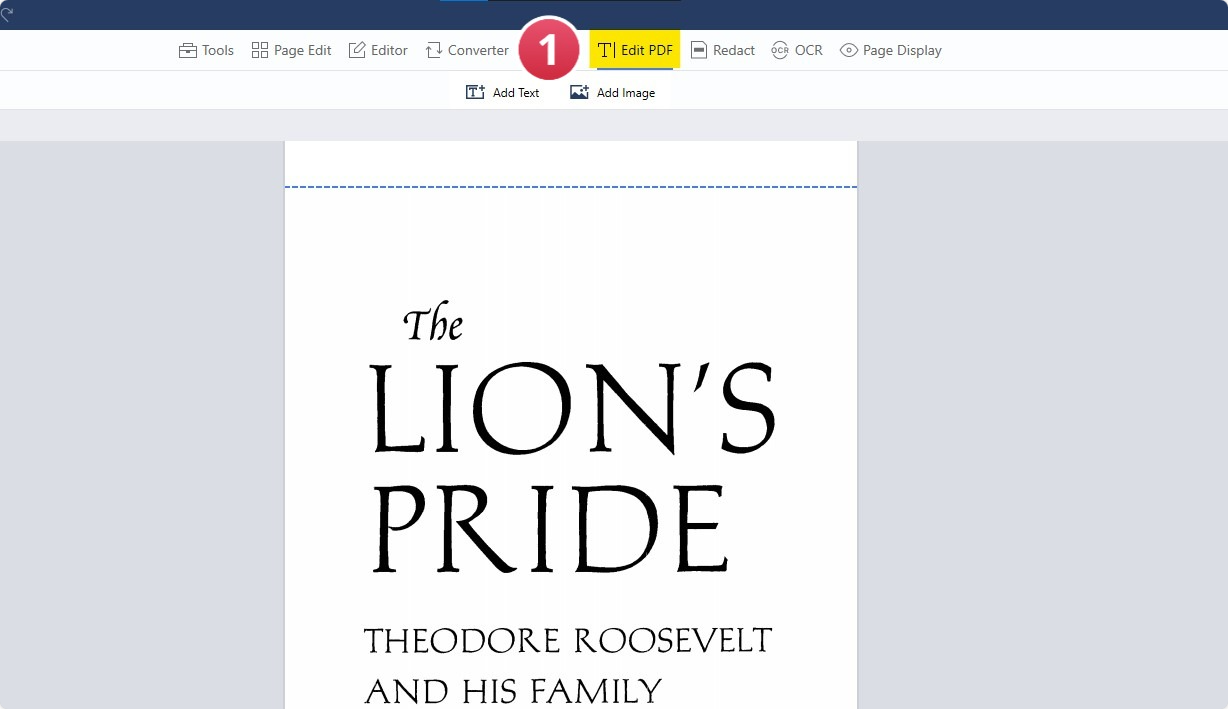
Step 2: Choose the text box you would like to edit
Edit the text by selecting the sections you want to write new content for. 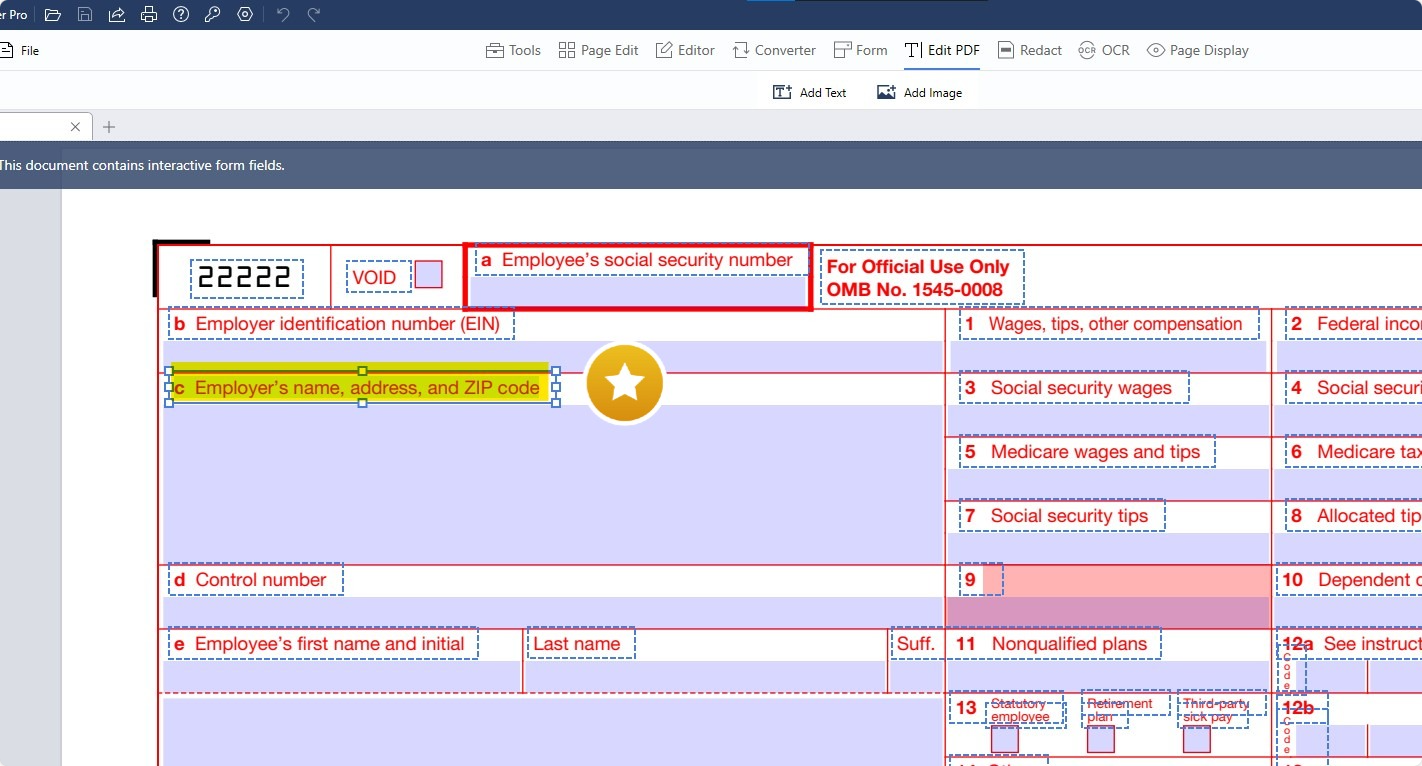
Step 3: Text Box
Change the text box's size by clicking and dragging its handles.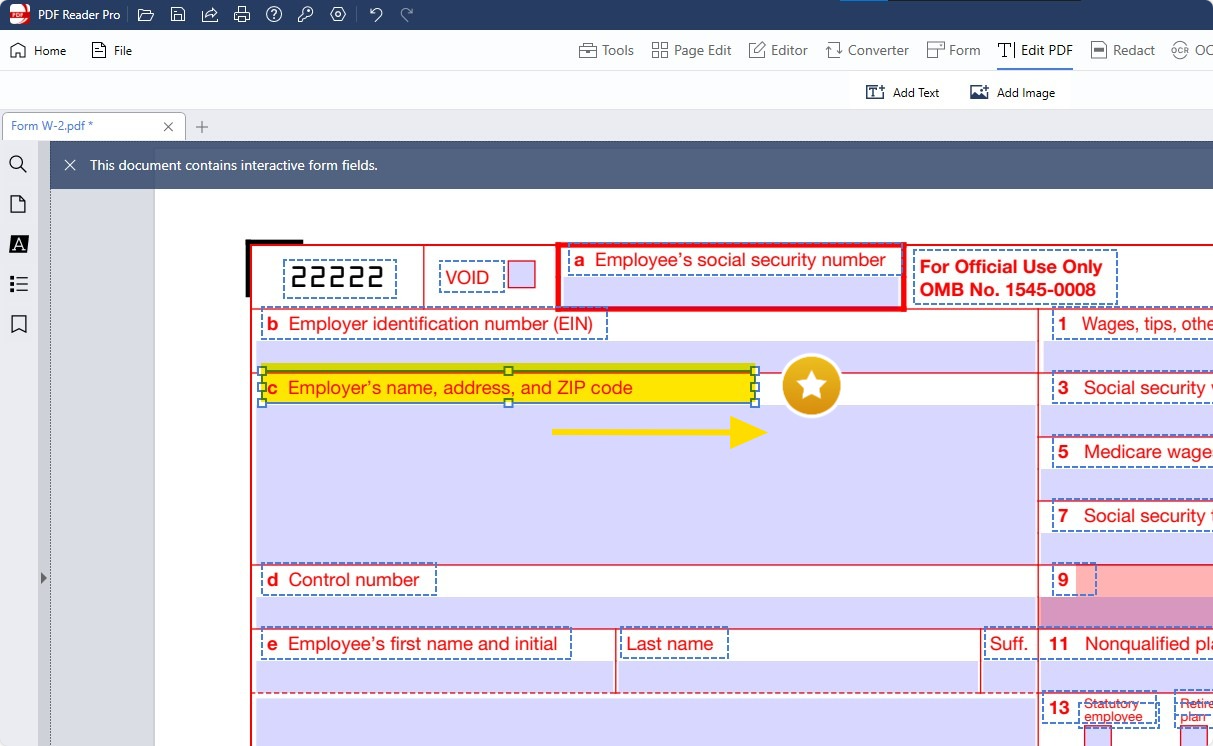
Step 4: Properties
Edit the text color and size with the properties panel
Once you finish your edits, click outside the text box to save your changes.
How to Edit a PDF with Mac
Step 1: Edit PDF
Head to the Toolbar and Choose the "Edit PDF" Option.
Step 2: Text Box
Click on the "Text Box" you'd like to "Edit".
Step 3: Resize
Resize the Text Box by dragging its selection handles.
Step 4: Properties
Change the text size and color using the properties panel on the screen's right side.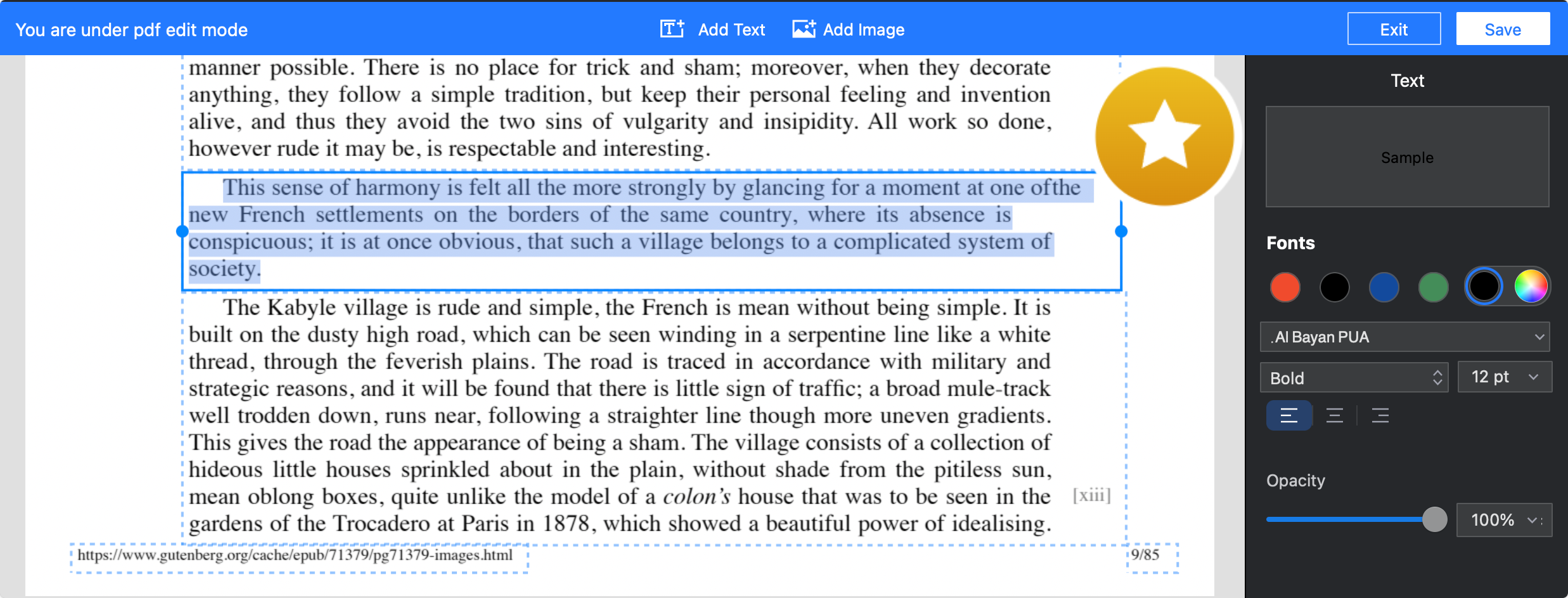
There we go, everything you need to master your PDFs!
Other Formats and Their Use Cases
Formats |
Description |
Use Cases |
|
|
Portable Document Format, widely used for sharing documents in a fixed-layout format. | Legal documents, manuals, forms, reports, e-books |
Microsoft Word Documents |
Proprietary format used by Microsoft Word for creating and editing documents. | Business reports, letters, resumes, academic papers, contracts |
PDF/A |
Specialized version of PDF designed for long-term archiving of electronic documents. | Digital preservation, archival of legal and historical documents |
Rich Text Format |
Universal document format supporting text formatting but limited in advanced features. | Cross-platform document exchange, simple text-based documents |
eXtensible Markup Language |
Markup language for encoding documents in a format that is both human-readable and machine-readable. | Web development, data interchange, configuration files, structured data storage |
Electronic Publication |
E-book format optimized for reflowable content and dynamic layout, based on XML and CSS standards. | E-books, digital publications, educational materials, manuals |
OpenDocument Format |
Open standard for office documents, promoting interoperability and data exchange between different software. | Office documents, spreadsheets, presentations, graphics, collaborative editing tools |
This comparison table provides an overview of various document formats, their descriptions, and common use cases. Each format offers distinct features and is suitable for different types of documents and purposes.
What is a PDF: FAQ
Can PDFs Contain Elements Other Than Text, Like Images or Graphics?
Yes, PDFs can include a variety of content types, including text, images, and graphics. They can even embed elements created in software like Adobe Photoshop, maintaining high-quality visuals.
How Do PDFs Handle Interactive Elements Such As Forms?
PDFs can contain interactive elements like forms. Adobe XFA Forms can be used to create and fill out dynamic forms within a PDF.
Are There Extensions or Add-ons to Enhance PDF Functionality?
Indeed, there are various Adobe Extensions and add-ons available that enhance the functionality of PDF files. These can provide additional features like advanced editing, form creation, and more.
What's the Difference Between Adobe Acrobat DC and Other PDF Readers?
Adobe Acrobat DC is a comprehensive PDF tool offering a wide range of functionalities, from viewing to editing PDFs. In contrast, other PDF readers might offer more limited capabilities, primarily focusing on viewing and minor editing.
How Can I Ensure My PDF File is Safe from Viruses?
To ensure a PDF file is free from viruses, it's important to have up-to-date antivirus software. Be cautious of PDF files from unknown sources, as infected PDF files can pose security risks.
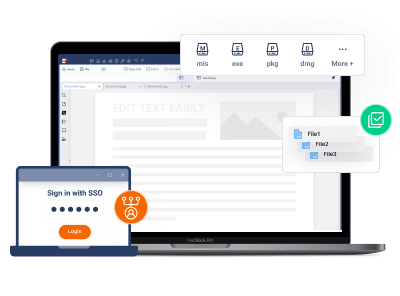







 Free Download
Free Download  Free Download
Free Download 


